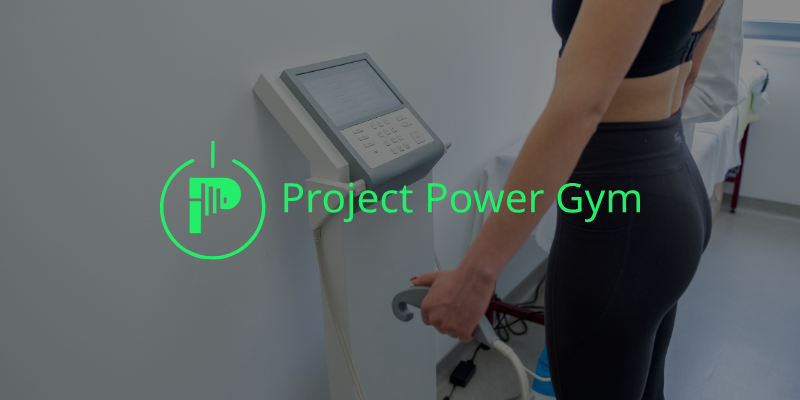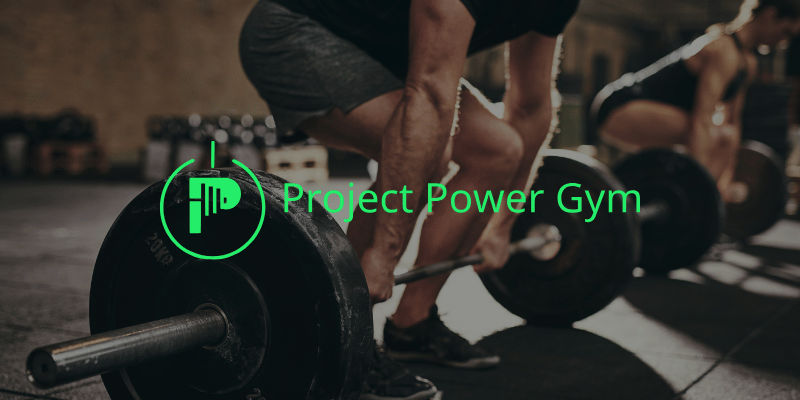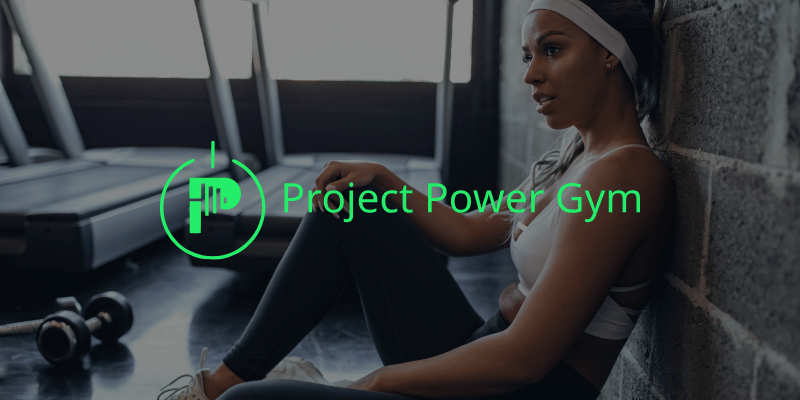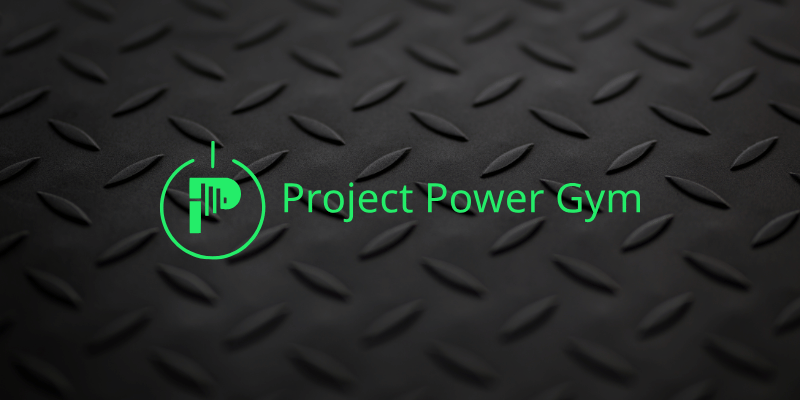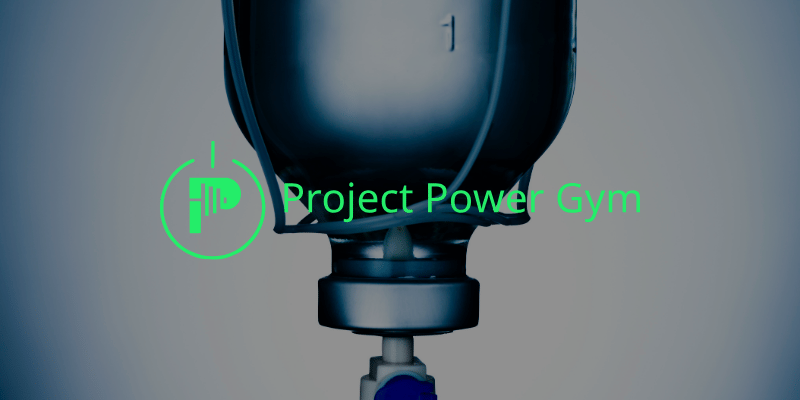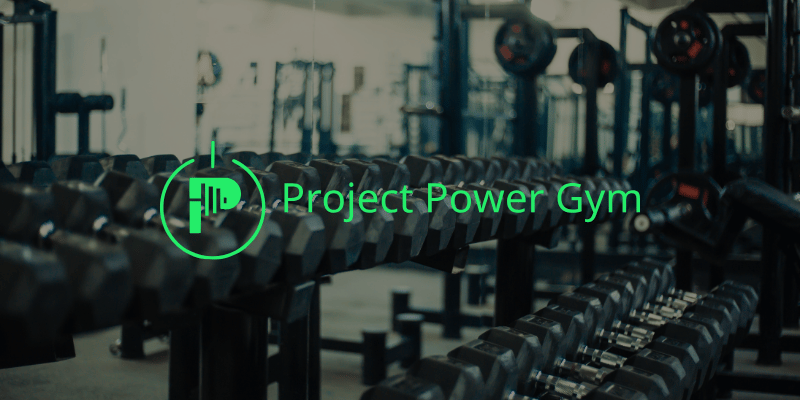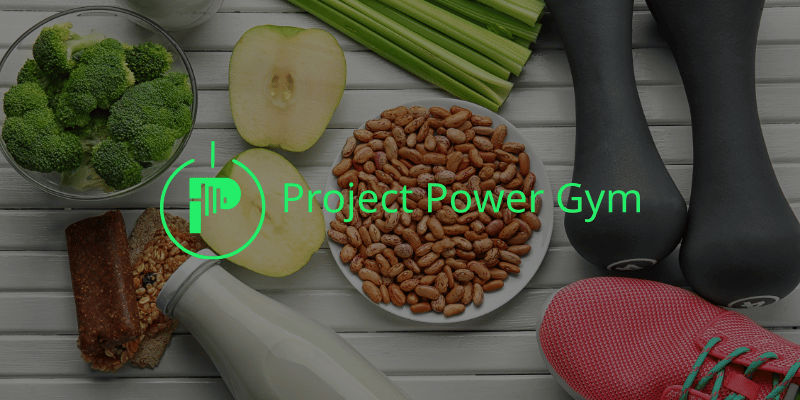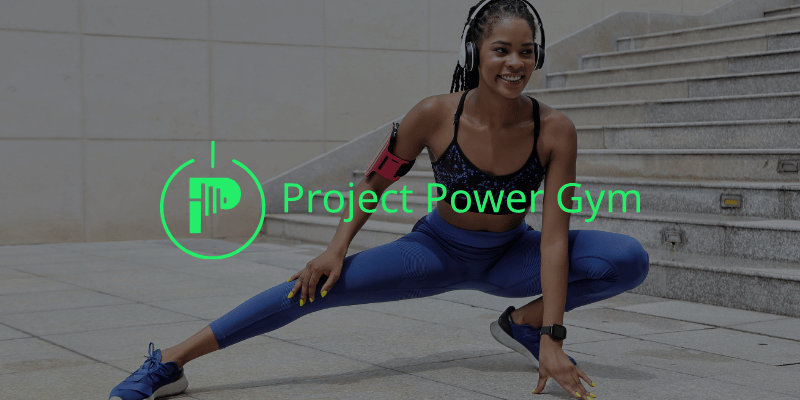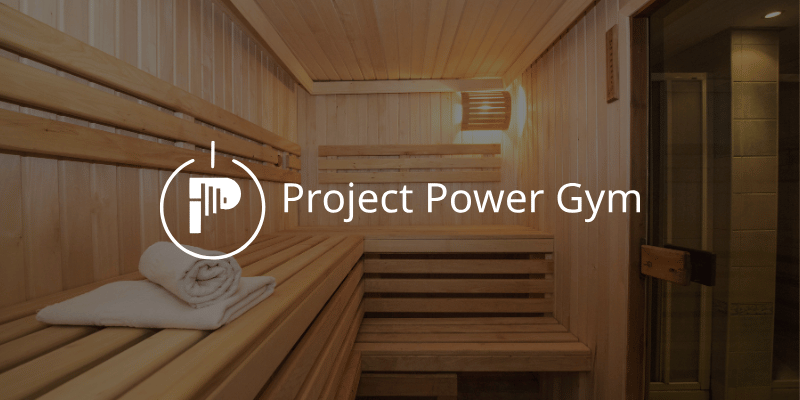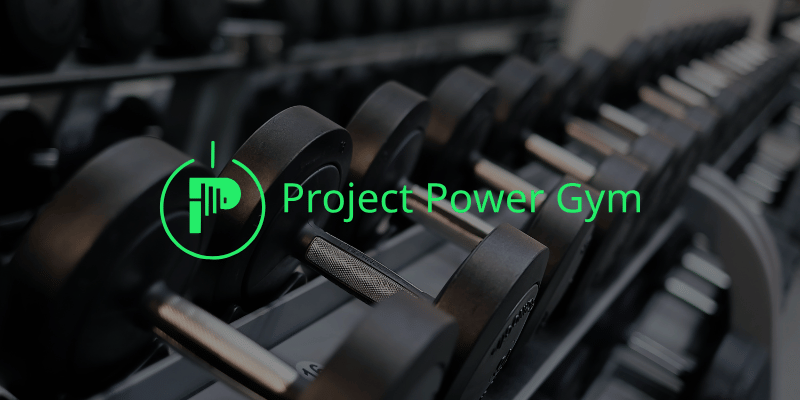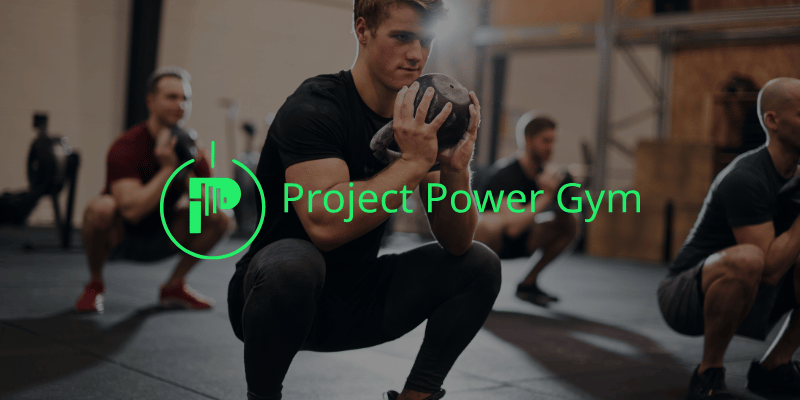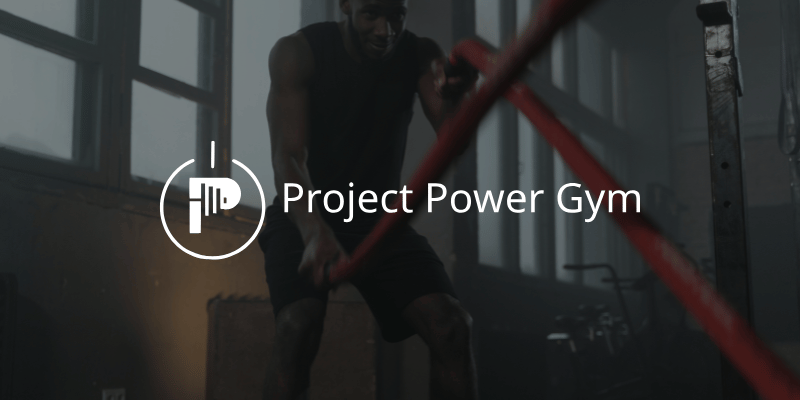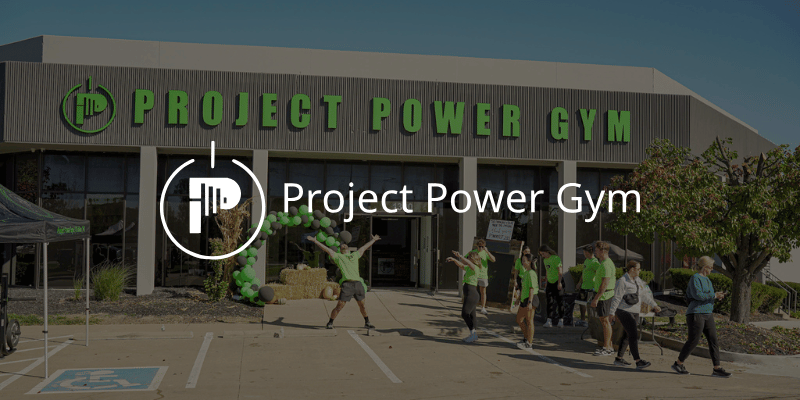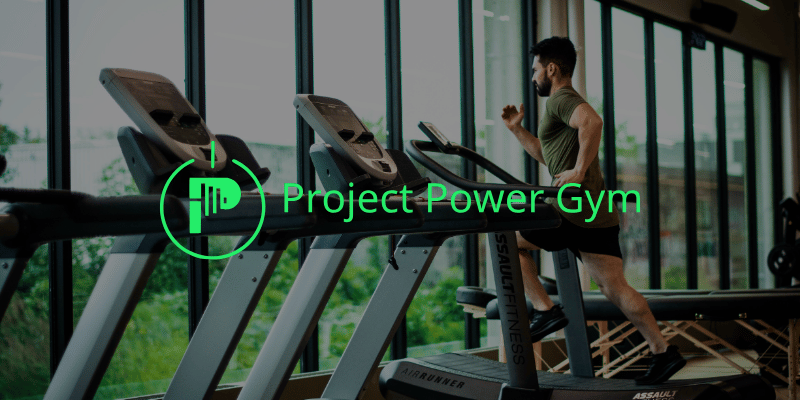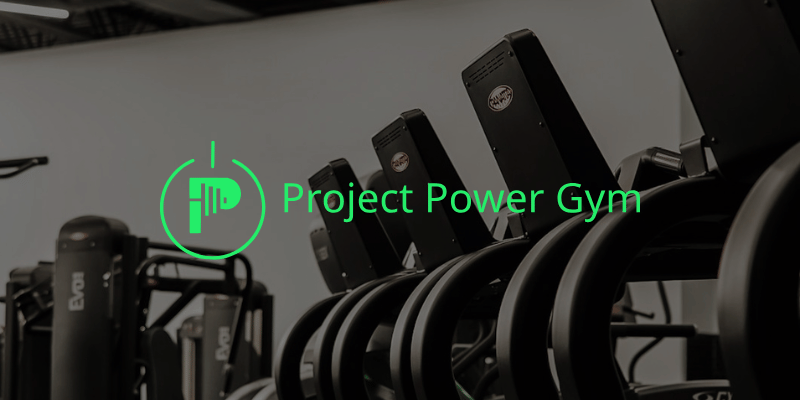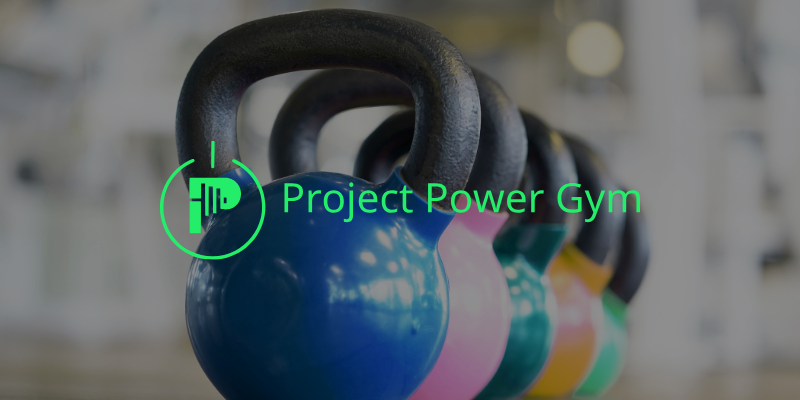
Kettlebell Foundations in O’Fallon: The 20-Minute Program You Can Stick With
Introduction
Life in O’Fallon moves fast. Work, family, errands, and the occasional I-70 traffic surprise eat into long gym sessions. If you want a training plan that builds real-world strength without a complex setup, kettlebells are your best friend. One bell, a small footprint, and a handful of movements can deliver stronger hips and shoulders, better posture, and steady conditioning in less time than it takes to scroll lunch break social feeds. This guide teaches you the kettlebell basics and a repeatable 20-minute program you can run at Project Power Gym. It scales for beginners and challenges experienced lifters without wrecking recovery.
If you enjoy training with coaching and a group, browse class times to see where kettlebells show up on the schedule: See current classes and formats
Why kettlebells work for busy people
A kettlebell is portable and efficient. The offset handle challenges your grip and core on every rep, which means you get more training effect from fewer moves. Swings and cleans hit your posterior chain, the muscle group responsible for posture and power. Presses and carries build strong shoulders that resist daily aches. Goblet squats teach clean depth and tension. Put together, these moves create a full-body session that fits a true 20-minute window.
What you need to get started
You do not need a giant lineup of weights. Start with one bell that feels moderate for goblet squats and light for presses. As a rough guide, many beginners do well with a 12 to 16 kg bell, and many intermediate lifters start at 16 to 24 kg. Choose the weight that lets you perform crisp reps while keeping one rep in reserve. If you are unsure, ask a coach on the floor to watch a set and help you pick.
If you want to practice in a consistent space with room for swings and carries, check the available floor zones and tools here: See training spaces and equipment
Technique first: the three movement families
You will master three families of movement. Each has a simple focus that keeps you safe and effective.
The hinge
This is your swing and deadlift pattern. Hips move back, shins stay mostly vertical, spine stays long. The bell moves because you snap your hips, not because you lift with your arms. Imagine zipping your ribs down toward your hips to lock your trunk while you drive through your heels.
The squat
This is your goblet squat. Hold the bell at chest height with elbows close to your torso. Sit between your heels, not on your toes. Keep your chest proud and knees tracking over your toes. Exhale slowly as you stand to lock in your core.
The press and carry
This is your overhead or half-kneeling press and your farmer carry. Stack wrist over elbow and elbow over shoulder. Squeeze the glute on the pressing side to stabilize your trunk. For carries, stand tall and keep ribs down so the weight does not pull you sideways.
The 20-minute kettlebell program
You can run this plan three days per week on non-consecutive days. It blends strength, power, and conditioning without long rests or complex setups. Everything happens in one small zone of the gym.
Warm up, 3 minutes
Do not skip this. You are teaching your body how to move before you add load.
- Ten cat–cow reps to wake up your spine
- Ten hip hinge reach-backs with slow exhales
- Ten arm circles per side and ten deep squats holding a post for balance
You should feel warm, stable, and ready to breathe through your nose during the first set.
Block A: Power and posture, 7 minutes
Alternate kettlebell swings and tall-kneeling presses. Use a timer set to easy intervals so you do not overthink it.
- Minute 1: 12 hard two-hand swings
- Minute 2: 6 tall-kneeling presses per side
- Repeat for 7 minutes total
Coaching cues
For swings, keep lats tight and snap hips. The bell should float to chest height because of hip power, not because you lift it with your shoulders. For presses, squeeze your glutes and keep ribs down so the bell stacks cleanly over your shoulder at the top.
Block B: Strength and control, 7 minutes
Alternate goblet squats and a carry. The squat builds full-body strength. The carry locks in posture and core control.
- Minute 1: 8 goblet squats with a one-second pause at the bottom
- Minute 2: farmer carry for the full minute at a calm, proud posture
- Repeat for 7 minutes total
Coaching cues
Pull yourself into the bottom of the squat rather than dropping. Keep elbows in and the bell close. For the carry, walk smooth and tall. Avoid leaning. If you feel pulled sideways, brace gently through your obliques and slow your steps.
Block C: Finisher and breath, 3 minutes
We close with a simple ladder that taxes grip and teaches calm breathing under fatigue.
- 10 swings
- 6 push-ups on handles or a box
- 10 swings
- 6 push-ups
Continue for 3 minutes at an even pace
If push-ups feel too easy or your wrists complain, swap push-ups for a plank hold of 20 to 30 seconds. End the session with one minute of slow nasal breathing, hands on ribs to feel your breath drop low.
That is your 20 minutes. Clean, focused, and repeatable.
How to progress each week
Progress happens when you nudge one variable at a time. Pick one of the following per week:
- Add two swings to each swing set in Block A
- Add one rep to each press set in Block A
- Add one rep to goblet squats in Block B or hold the bottom pause for a second longer
- Walk a little farther on the carry while keeping posture perfect
- Keep reps the same and move up one bell size for one movement
Small increases are the secret. Your form stays clean, your joints stay happy, and your calendar fits the work.
Scaling for beginners
New to kettlebells
- Swap swings for dead-stop kettlebell deadlifts. Do 8 to 10 slow reps per minute and focus on hip position.
- Press from a half-kneeling stance with a lighter bell and stop a rep before form breaks.
- Goblet squats to a box help you find balanced depth.
- Carry with two lighter bells if you feel pulled sideways by a single heavy one.
Two to three weeks of practice and you will feel ready to try swings. Ask a coach to watch a set.
Scaling for experienced lifters
Already strong and comfortable with kettlebells
- Use one-arm swings in Block A and match volume by switching hands halfway through each set.
- Press from standing and add a clean before your press for added challenge.
- Change the carry to a front-rack carry or a suitcase carry to load your core.
- In the finisher, change push-ups to kettlebell push-ups with hands on the bells for extra range.
Keep the session under control. If your heart rate refuses to settle within two minutes after finishing, the weight or volume was too high for today.
Common mistakes and quick fixes
Using your arms to lift the bell on swings
Fix: Think of your arms as ropes with hooks. The hips snap, the bell floats, and your lats keep it close.
Letting the bell wander away from your chest on squats
Fix: Pin elbows into your ribs and keep the bell’s horns under your chin. This keeps the load centered and your spine neutral.
Leaning back on presses
Fix: Squeeze your glutes and keep ribs down before you press. Move the bell in a straight line over your shoulder, not out in front.
Rushing carries
Fix: Own each step. Head tall, chin tucked slightly, shoulders back and down. The goal is posture, not speed.
Where kettlebells fit in your week
You can run the 20-minute plan three days per week by itself or as a supplement to classes and other lifting.
Option 1: The standalone plan
- Monday, Wednesday, Friday: 20-minute kettlebell session
- Add light walks or easy cardio on off days
Option 2: Blend with classes
- Two days of the 20-minute plan
- One or two coached classes for community and variety
- Keep at least one day between the heaviest class and your hardest swing day
Option 3: Add to strength
- Use the 20-minute plan as a finisher on lower volume strength days
- Or replace long conditioning with swings and carries to protect your schedule
If you want help choosing the best mix for your goal, a short consult will save you weeks of guessing: Talk with a coach about programming
Warm-up and mobility add-ons for desk workers
If your shoulders and hips feel tight from long sitting, add this five-minute reset before Block A on heavy days.
- 90/90 hip switches, eight slow reps
- Half-kneeling hip flexor stretch with a light glute squeeze, 30 seconds per side
- Band pull-aparts, 15 reps
- Scapular wall slides, 8 reps
This makes swings smoother and presses more comfortable.
Breathing and pacing to keep you fresh
Breathe through your nose during rests. It calms your nervous system and helps you recover between sets. On swings, snap your hips and let a short, sharp exhale happen naturally at the top. On squats and presses, brace gently around your ribs and exhale through the effort to keep tension while you move.
Nutrition and recovery for better kettlebell days
You do not need a complicated plan. Eat protein with each meal, drink water through the day, and add a simple carb source around training if you feel flat. Sleep on a schedule when you can. If soreness lingers more than a day at first, hold volume steady for a week and let your body adapt.
A four-week kettlebell starter roadmap
Week 1
- Learn positions and pick conservative weights.
- Keep Block A to 10 swings per set and light presses.
- Practice carries with a tall posture.
Week 2
- Add a rep to presses and squats.
- Keep swings the same and focus on sharp hip drive.
- Carry a little farther without speed walking.
Week 3
- Add two swings per set or move up one bell size for squats only.
- Hold the bottom of squats for a one-second pause.
- Keep breathing calm between sets.
Week 4
- Add a clean before each press if technique is sound.
- Test a slightly longer carry route.
- Retest how you feel climbing stairs, picking up kids, or carrying groceries. Real life should feel easier.
Quick answers to common questions
How do I know if the weight is right
You should finish each set with one clean rep left in the tank. If technique breaks or your lower back feels cranky, the bell is too heavy for today.
What if swings bother my back
Check hinge setup. You may be squatting the swing or rounding your spine. Swap to dead-stop deadlifts for two weeks and ask a coach to watch you groove the hinge. Then return to swings.
Can I do this daily
You can move daily, but keep this specific plan to three days per week. Your grip, hips, and shoulders will recover better and progress faster.
Will kettlebells replace all my lifting
They can be a complete plan for general fitness. If you love barbells or have sport-specific goals, use kettlebells as efficient strength and conditioning support.
Your next steps
- Choose three 20-minute windows you can protect this week.
- Pick a bell that lets you keep one rep in reserve across all moves.
- Run the program exactly as written once, then adjust one variable next session.
- Log what you did and how you felt so you can see progress in black and white.
Small, consistent sessions will change how you move, lift, and feel around town. Strong hips, steady shoulders, and a calm heart rate carry into every part of life in O’Fallon.
Ready to get your kettlebell form checked
If you want quick feedback on swings, presses, or squats, or a personalized plan that fits your week, reach out and we will set up a short session that gets you moving with confidence.

